Fairlight Glen; a ghyll wood and its bryophytes. Hastings Country Park. 07 & 10.02.23
- Sim Elliott

- Feb 15, 2023
- 4 min read
Updated: Feb 16, 2023
I visited Fairlight Glen twice in one week in order to explore it's bryophytes. My initial motivation was to see if I could find Dumortier's Liverwort, a very rare thalose liverwort, which I know grew in the glen, see: Sussex is home to one of the rarest plants in the UK | SussexWorld (sussexexpress.co.uk). I didn't find Dumortier's Liverwort; but I did discover an enchanting landscape rich with ferns, mosses and liverworts.
I reached Fairlight Glen by taking the train to Hastings and then catching the 101 bus to Rye which passes through Fairlight. 101 Bus Route & Timetable: Conquest Hospital - Rye | Stagecoach (stagecoachbus.com) The 101 bus runs once an hour. There are various ways of reaching Fairlight Glen from bus stops. I got off at Ore, Mill Lane and walked along the paths on the map below (route shown in red)
Once in the Hastings Country Park the signage of the foot paths is extremely good

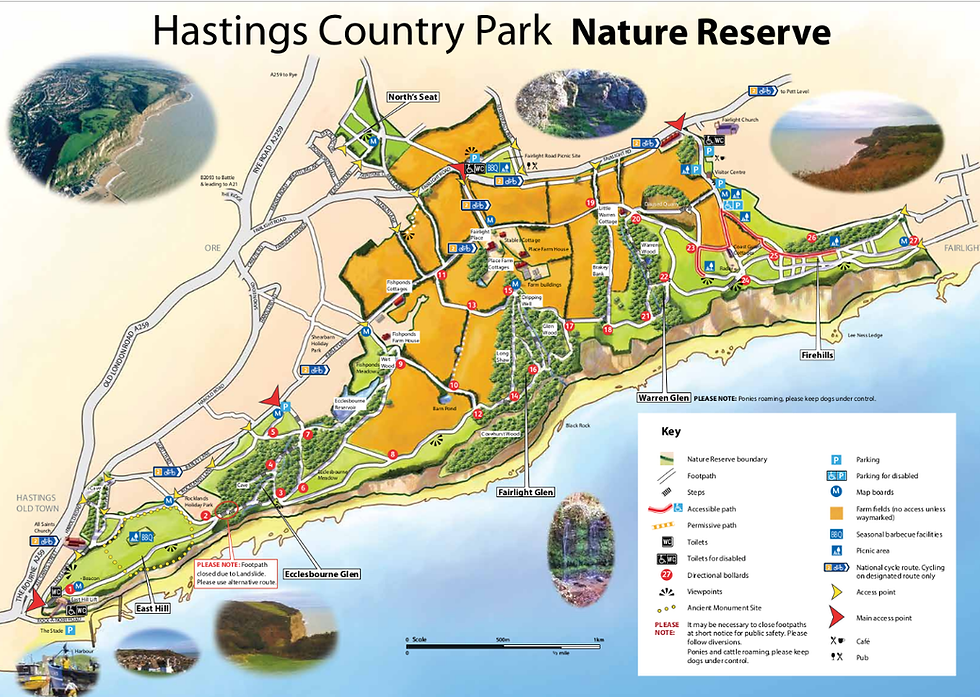
Fairlight Glen is a Wealden ghyll woodland valley system, a very rare habitat in the world; although Fairlight Glen is an outlier because the canopy of this southern,
more coastal, section of Fairlight Glen ghyll is solely dominated by Salix
The Weald of southeast England supports woodland valley systems internationally distinct in both their ecology and geomorphology. The ghyll woodlands, around 1000 in total, are typically linear features occupying deep and narrow valleys cut into the sandy and silty Hastings Beds and the Weald and Wadhurst clays (Woolridge and Goldring 1962). The sheltered valleys occupied by ghyll woodlands buffer temperature fluctuations and maintain high humidity levels resulting in unusually oceanic micro-climatic conditions (Rose 1995). Elsewhere in northwestern Europe, ghyll-like valleys are rare, and thus the concentration of these features in lowland England has international geomorphological and ecological significance (Rose and Patmore 1997). The Weald has retained extensive tracts of a variety of ecologically important woodland types, and notably the central High Weald (HW) is the most Biodiversity and Conservation (2006) 15:1319–1338 ; Springer 2006 DOI 10.1007/s10531-005-3875-5 wooded natural area in England (Countryside Commission 1994; Rose 1995; Reid et al. 1996; Forestry Commission 2001). Spatial and structural analyses suggest that the ghyll woodland systems are an important and significant landscape feature in the Weald and are of high conservation value (Rose 1995; Rose and Patmore 1997; Burnside et al. 2002). Yet, ghyll woodlands have received only scant attention in the past. The international and national ecological significance of these ghyll woodlands is that they support a unique assemblage of cryptogamic plants [bryophytes, fungi, lichens and ferns] and with both oceanic and sub-oceanic affiliations (Ratcliffe 1968; Hodgetts 1997). The presence of rich liverwort and moss communities suggests that the ghyll woodlands are of considerable age, and are therefore also likely to support a high biodiversity of other species of conservation concern, particularly terrestrial invertebrates, which share similar micro-environmental requirements (Peterken 1993; Rose and Patmore 1997; Woodland Trust 2000). Most can be regarded as ‘ancient woodland’ (sensu Rackham 1980; Peterken 1981; Forestry Commission 2001), and Rose and Patmore (1997) suggest that field investigations may indicate that some fragments could represent actual remnants of prehistoric woodland. Burnside, Niall & Metcalfe, Daniel & Smith, Roger & Waite, Steve. (2006).
Ghyll woodlands of the Weald: characterisation and conservation. (PDF) Ghyll woodlands of the Weald: characterisation and conservation (researchgate.net)
The beauty of Fairlight Glen was identified by Victorians, especially during the "Fern Craze"
A great Victorian craze, pteridomania (pterido being Latin for ferns) was the huge love affair for ferns and all things fern-like in Britain between 1840s and 1890s. The term ‘pteridomania’ was coined in 1855 by Charles Kingsley, author of ‘The Water Babies’, in his book ‘Glaucus, or the Wonders of the Shore’.
The Victorian era was the heyday of the amateur naturalist. Pteridomania is generally considered a British eccentricity, but while it lasted, fern madness invaded all aspects of Victorian life. Ferns and fern motifs appeared everywhere; in homes, gardens, art and literature. Their images adorned rugs, tea sets, chamber pots, garden benches – even custard cream biscuits. Pteridomania - Fern Madness (historic-uk.com)
Display board in the Hastings Country Park Nature Reserve Visitors' Centre 'The Bale House',
The unique building has been built from a range of sustainable materials such as straw bales. The specialist construction team was headed by Huff and Puff Construction and the building was designed by Architects, Cave Cooperative. The centre is located on Lower Coastguard Lane opposite the main carpark for the Firehills area of the park, Hastings Country Park Visitor Centre

However, there were some significant negative ecological impacts of Fern Fever: Osmunda regalis L. Royal Fern The Victorian fern collecting craze, abetted by habitat loss, has cleared Royal Fern as a native from virtually the whole of Sussex. The Sussex RARE PLANT REGISTER of Scarce & Threatened Vascular Plants, Charophytes, Bryophytes and Lichen Microsoft Word - RDB_final_v2.doc (sxbrc.org.uk)
This post, unlike most of my posts, is not ordered chronologically, but is arranged by topic: landscape of the glen; liverworts, mosses, ferns, lichens, vascular plants
Landscape









Liverworts
Lunularia cruciata

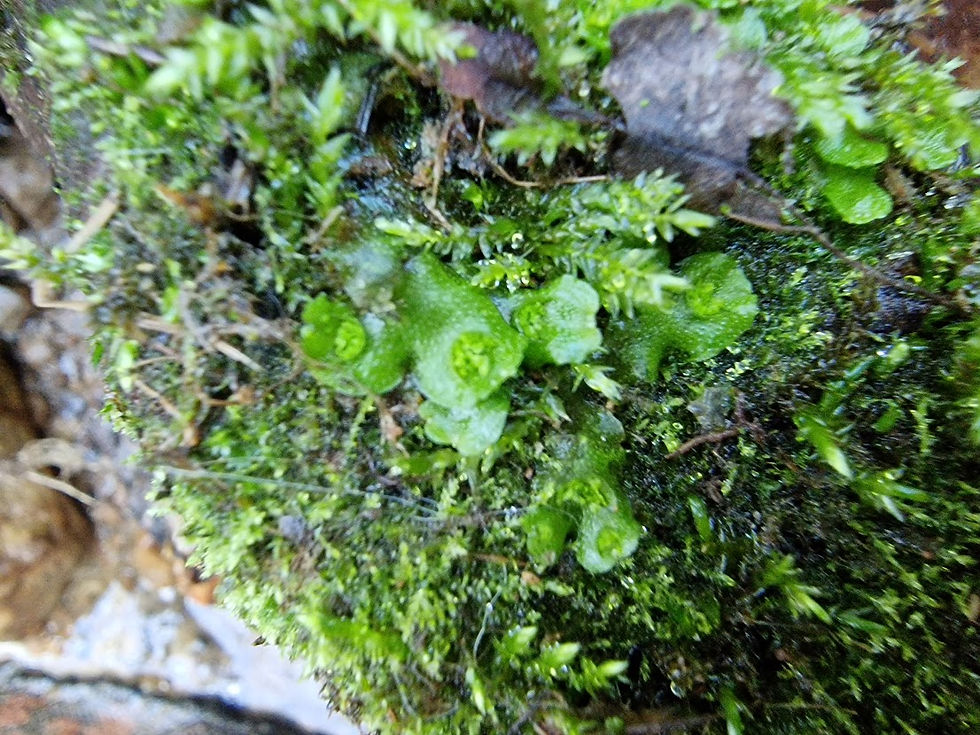
Conocephalum conicum


Pellia endiviifolia

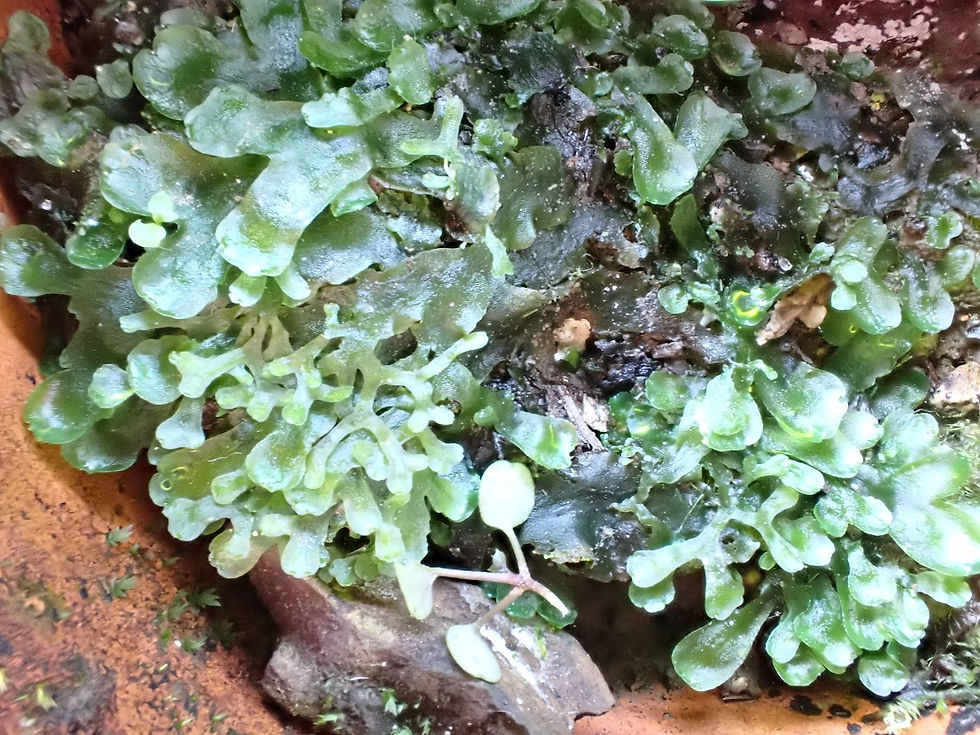
Mosses
Fissidens sp

Kindbergia prealonga

Mnium hornum

Orthotrichum affine with the lichens Xanthoria parietina and Ramalina farinacea

Syntrichia latifolia
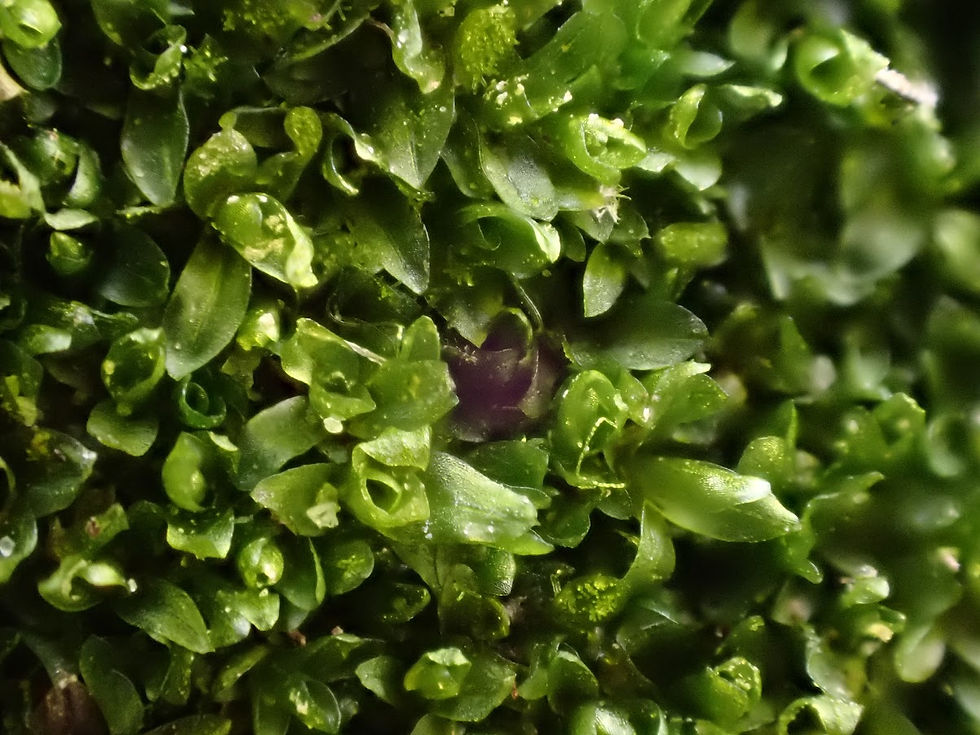
Oxrrhynchium hians

Bryum capillare

Rhynchostegium confertum
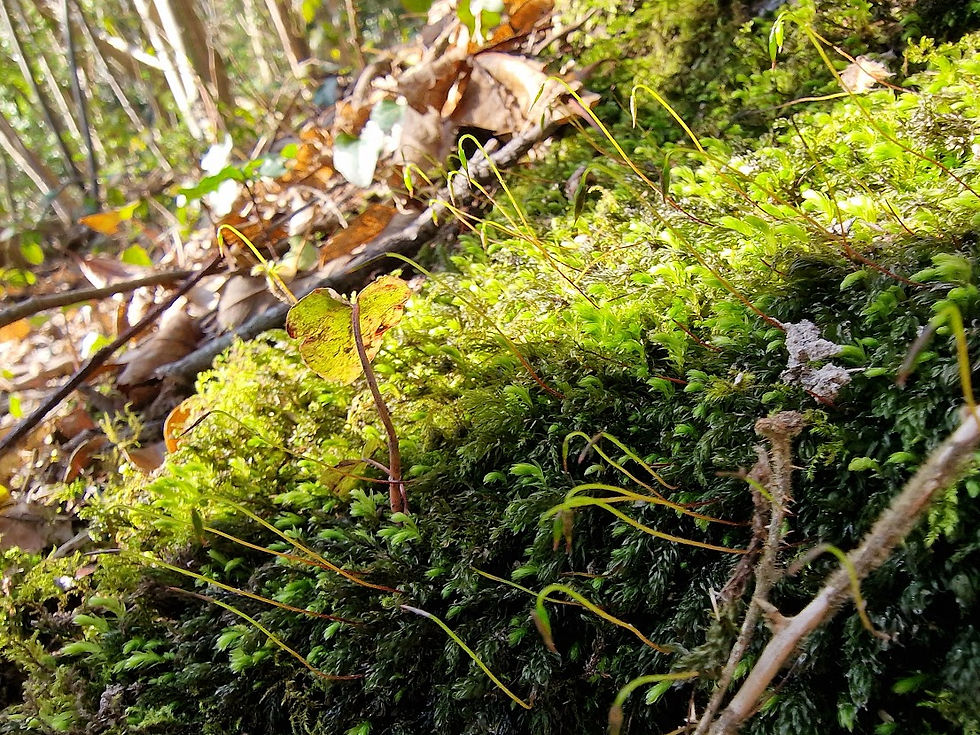
Lichens
Lecania naegelli

Possibly Lecanora dispersa

Ramalina fastigata

Cladonia coniocraea

Vascular Plants
Chrysosplenium oppositifolium
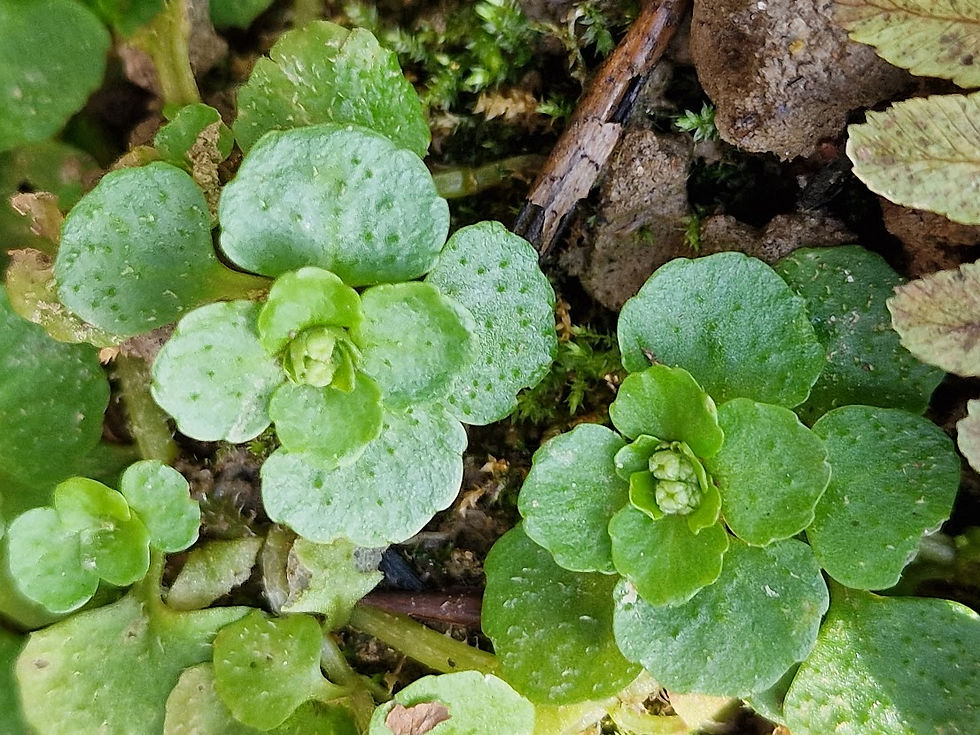
Ficaria verna
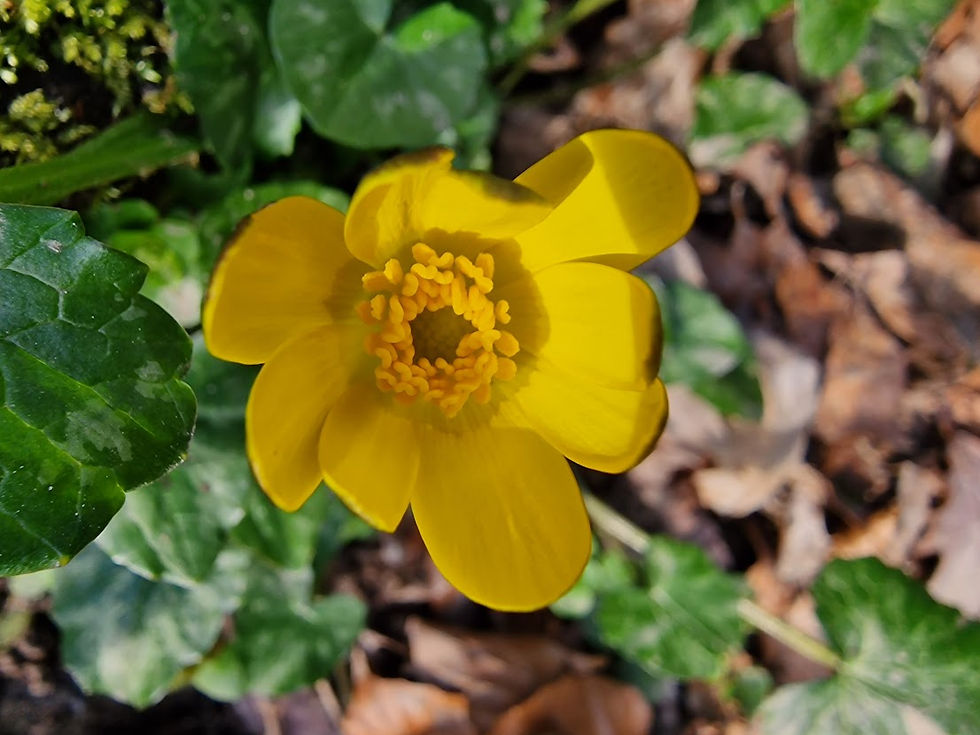



Comments